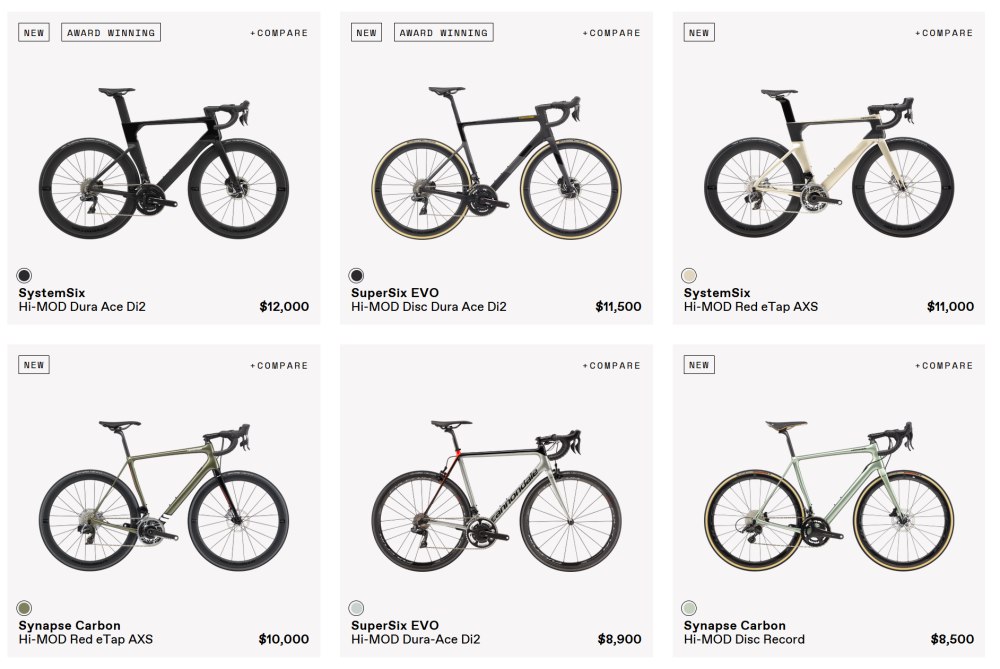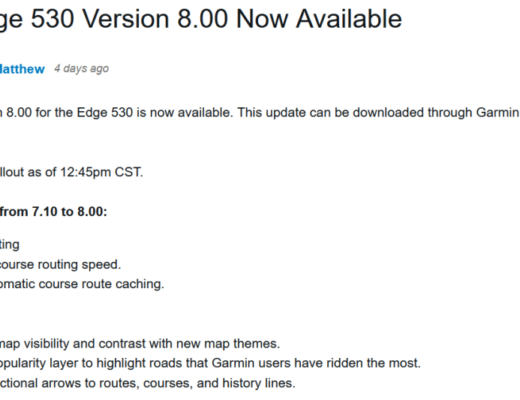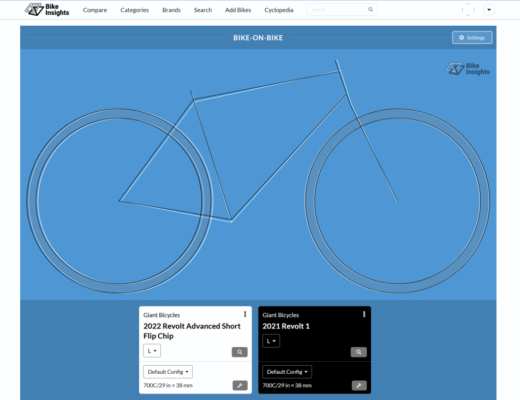According to a report on Cycling Industry News, Cannondale is planning to stop using model years. Which, depending on the implementation is likely to be bad for consumers (i.e. us) for a couple reasons. They’re also planning to change the refresh cycle to work off the calendar year, which creates a de facto “model year”, but is probably a good thing.
Introducing new/updated bikes in the middle of the buying season either encourages prospective buyers to hold off getting a new bike, in the possibly vain hope, that they won’t end up with something that is obsoleted next month or fills them with regret when they buy in May. Having a fixed, predictable, off-cycle refresh totally makes sense. Introduce new bikes in Jan/Feb, and have them in shops Feb/Mar. Just in time for the season to start up, in the Northern Hemisphere anyway. Not sure how it will work south of the equator…
So why is it bad to burn the model year? The main reason, and this depends a lot on how refreshed, the refreshes are, is that it becomes very difficult to look up and compare the specifications for the bike you own, as well as cross shop other bikes. When there’s an obvious model year, it’s usually easy to run down whether the 105 is R5800 or R7000. Whether that’s in the official documentation, or via perusing forums depends a lot on how good the OEM is at documenting. Personally, I suspect that the ones that are poor at documenting are intentionally obtuse around it to create information gaps, but that’s a topic for another day. When it’s hard to know what you’re buying, you lose.
This makes it difficult for knowledgeable buyers, but is disproportionately hard for those who don’t have the time/energy/desire to get up to speed. Everyone understands that differences in model year could equate to differences in content level, and that newer is generally better. Which is exactly the thing that Cannondale is seeking to disrupt with the change. Less information is never a good thing.
The second reason is that, while discounts aren’t great for LBS margin, or mitigating “brand damage”. They are great for us. Efforts taken to reduce discounting, directly impacts our wallets. It is the point after-all…
It will be very interesting to see how other OEMs react to this. They could jump on, or they could keep doing what they’re doing. If status quo wins, then the resistance to discounting will likely hurt Cannondale and its dealers. Despite what they, and other bike manufactures would claim, bicycles are highly fungible goods. Where someone might be super into paying $100-$200 more for a Canndondale just to get a wonky rear wheel offset*, I’m not confident that’s quite as enticing when they’re able to cross-shop against a model year-discounted bike from a competitor.
“Normally I would hope our competitors don’t follow our lead, but in this instance I think this is a common sense change that needs to happen for everyone’s profitability and ability to market and re-invest in cycling.”
With suppliers competing for floor space such a change has until now been largely elusive in the bike industry, however, having come in for its fair share of criticism, CSG will now look to break what it says is an “unhealthy pattern.”
* this is of course tongue-in-cheek, the wonky rear wheel offset is a great reason to never buy a Cannondale




I really enjoy my Topstone Carbon, but I’m pretty sure that the wonky offset will cause me woe at some point
Only really an issue when/if you decide to get another wheelset…